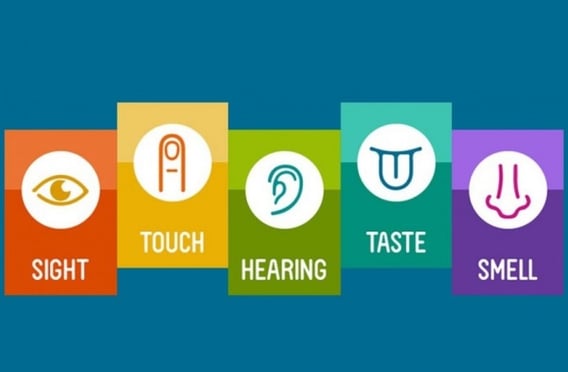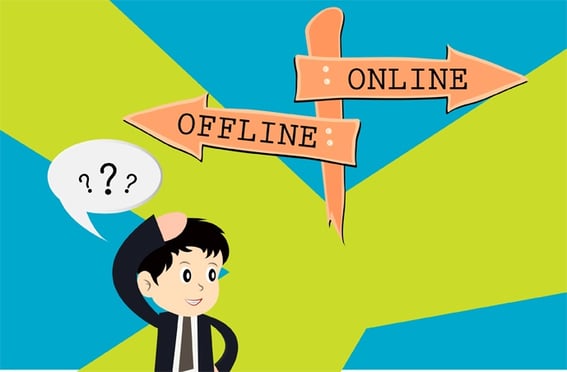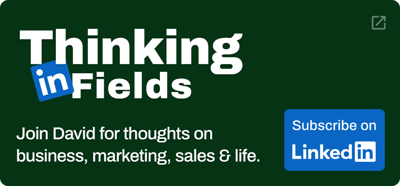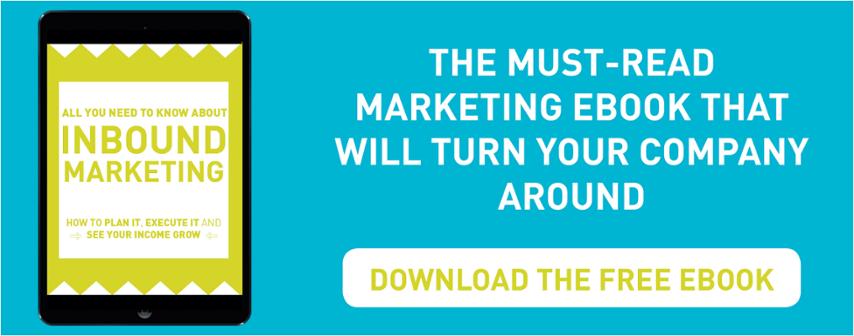Professional Services Marketing: How to Run an Inbound Marketing Campaign


I have said time and time again that marketing strategies in the professional services sector need to change. It really is our bugbear here at Purple Frog.
In my article "7 Reasons Why Inbound Marketing is the Future for Professional Services Firms" I explained that this is the case as it:
- Builds trust
- Demonstrates your expertise
- Allows you to focus on your billable hours, not on building your pipeline
- Develops long term relationships
- Consolidates your networking marketing
- Reaches more people
- Converts your website into a lead-generation machine
So, if you are at the stage when you have realised that your professional services marketing strategy needs to change, but you aren't sure how to plan and run an inbound marketing campaign, read on.
FREE SEMINAR: Register now for the Business Income Generator for Professional Services free seminar in Oxford on the 15th of February 2017 >
FREE RESOURCE: curious about inbound marketing? Learn everything you need to know in this free ebook >
1. Base it on your revenue goals
What revenue goals do you want to reach in the next 3 years? That's where you need to start from. Your next question then should be: what is the average lifetime value a customer will bring?
Once you have got these two metrics, you can start doing your calculations:
- Calculate how many customers you will need in order to hit your revenue goal
- Calculate how many leads you need to generate in order to get that many customers (a good initial benchmark would be that between 5-10% of your leads become customers)
- Calculate how many website visitors you need to generate that many leads (a good starting point is that between 1-3% of your visitors become leads)
This will lay the foundation of your inbound strategy, because you will now know how much more traffic you need to get, which will, in turn, influence the amount of online activity you will be doing.
If the difference between what you have now and what you need to have is significant, then you might want to consider boosting your online activity with some offline tactics, like seminars or conferences, where you can get in front of many people at once whilst you are waiting for your traffic to go up. Additionally, you can help early traffic to your website by implementing some targeted paid Google and Facebook ads to your landing pages (the pages you want your visitors to land on that are optimised for converting them into leads).
If your issue is more with increasing the conversion rate of your online visitors, then your activity should focus on creating more landing pages, through which you offer free content in exchange for the person's email address. More of this in point 3 below.
FREE RESOURCE: download our tool for calculating your customers' lifetime value and current customer acquisition cost
2. Define your idea buyer personas
Who are you trying to attract? Who do you want to influence with your content? Who is the decision-maker in the company? What vertical are they in?
You might have a variety of clients currently on your books, but who are currently your best ones you would like to have more of?
Spend some time brainstorming (our suggestion is at least a couple of hours per persona), researching and interviewing your ideal buyer personas, and documenting your findings specifically in regards to who they are, what are their challenges, what are their goals, etc.
FREE RESOURCE: this infographic will help you get started in creating your buyer personas >
Once you have identified your personas, create a content plan that will answer their questions, cater to their challenges and help them reach their goals.
You need to brainstorm both the content offer you are going to offer on your landing pages, such as ebooks, whitepapers, checklists, etc. and the blog posts you are going to publish.
3. Set up a conversion path
Once you have got all your content ideas, it's time to put them into practice. Remember, there is little point to writing content for content's sake. It needs to have a goal, and in this case it's to generate leads that you can then convert into customers (remember your calculations at the beginning of this post!)
But how can you generate leads with your content? By setting up a conversion path, which is formed by 3 stages:
- a call to action (CTA), which is in the form of a banner inside your website pages and blog posts that points to a...
- landing page, which is a website page that describes your content offer (ebook, whitepaper, checklist, etc.) and offer customers to download it for free in exchange for filling in a simple form that asks some personal details from them
- a thank you page that users get redirected to once they fill in the form on the landing page, where they can actually download the content offer from and also see a "what to do next section", where you invite them to either schedule a free consultation with you or read further content in order to bring them down the buyer's journey.
4. Start producing and promoting content
Now it's time to drive people to your new landing page and attract more visitors to your website. You can do that by creating highly targeted content that your ideal buyer persona will be looking for and doing some Search Engine Optimisation so you can drive traffic from Google onto your website.
You will also want to promote your content through social media, forums, by guest posting on other blogs, etc. Have a read at our article on how to promote your content.
Conclusion
These are the fundamentals of running an inbound marketing campaign for your professional services firm. The way you will then develop your plan will greatly vary depending on what you are trying to achieve and who you are trying to attract. If you need help with developing and implementing your plan or would like some feedback on what you have currently got, why don't you schedule a free sales and marketing assessment with one of our inbound experts >
More from Inbound Marketing

Sensory Marketing: How to maximise your marketing strategy
Image source: www.thismarketerslife.it Why is marketing strategy primarily focused on visual communication? What made us decide...
Hiring an Agency Vs. DIY Inbound Marketing
"Why hire an agency when inbound seems straight-forward enough to do on your own?" is the question running through the minds of...







